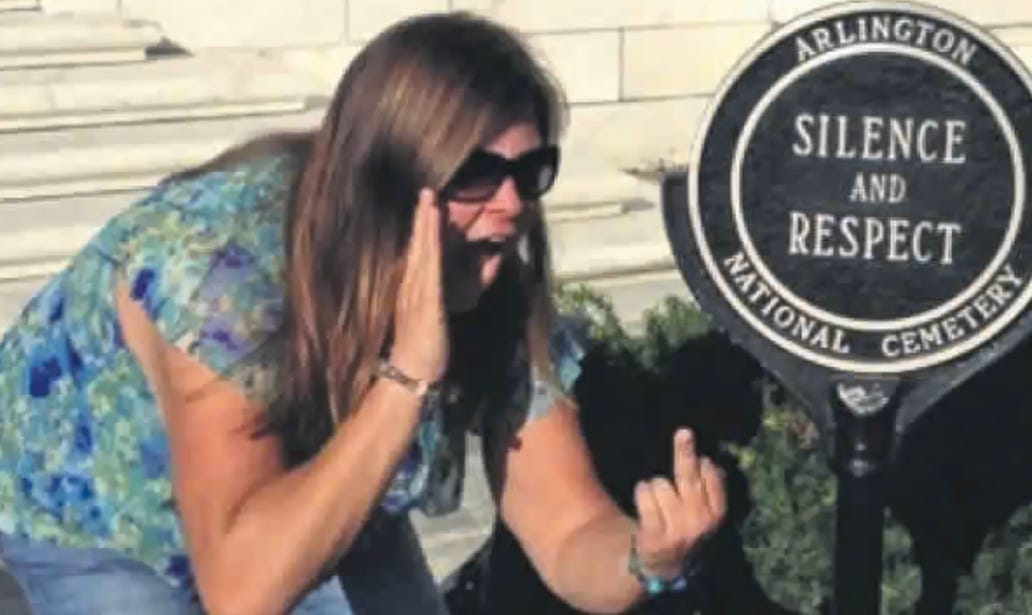How to stop your story from getting too amorphous
A post about setting rules for yourself, clear boundaries your stories can live within.
Hi! After my last post about how to find a theme when you have no idea what you want to write about, I had excellent questions from Joe Fattorini and Bec Evans.
Joe asked, ‘I’d love to know how tightly defined and specific your theme should be. Or even, how to tighten a theme and give it edges. I’m working on a Bill Bryson-style book, so the theme is (in a way) abstract. But I feel it needs to be made somehow more concrete.’
My advice is to keep everything as tightly defined and specific as possible, no matter the style. Even if your writing ends up feeling loose and tangential you should still set yourself strict rules. Your audience will want to know you’re working within a set of boundaries, otherwise your story could be about ANYTHING. (I had a problem with parts of Naomi Klein’s sometimes wonderful Doppelganger for this reason. In some chapters it felt like she was just writing anything.)
I think our stories should be like dollhouses - just perfect and exact in every way – and dollhouses have a lot of clear edges.
Here are some examples of boundaries I set for myself, from my own stories…
When I was writing So You’ve Been Publicly Shamed, nobody was really having the conversation about the perils of what would become known as ‘cancel culture’. So I was sitting at home wondering, what am I against? I’m not against satire, or journalism, or criticism. So what am I against? It forced me to create a set of rules. This would – I came to realize – have to be a book about private individuals who had been disproportionately shamed for some minor transgression. Because that was what I was against.


